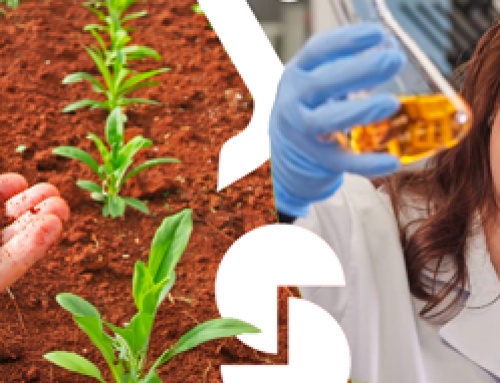Are your products ready for the new EU drinking water treatment assessments?

From 1st April 2026, the impact of water treatment processes on residues in drinking water, must be included in active substance and product approvals for plant protection products and biocides. This must follow new EFSA and ECHA guidance (EFSA Journal 2023;21(8):8194). These new requirements go far beyond previous drinking water assessments, which typically used groundwater concentrations as a proxy for drinking water. New assessments must also take into account any substances that may form during water treatment.
This affects both active substance approvals and end-use-product approvals as follows:
● For Plant Protection Products approved under Reg. (EU) 1107/2009, all active substance approvals submitted after 1st April 2026 must comply with this guidance. End-use-product applications will only require an assessment when one or more of their active substances have been previously assessed under this guidance.
● For Biocides approved under Reg. EU No. 528/2012, all active substance approvals and all product approvals submitted after 1st April 2026 must comply with this guidance. This means that applicants for biocide product approvals are likely to be the first to be affected, and data may not be available in active substance data packages.
Assessments are required for each approved use of a product, as different uses will result in different levels of exposure. The assessment of an active substance will cover some, but not all uses.
The assessment follows a stepwise approach:
Step 1
Determine the concentrations of active substances or their metabolites in groundwater and surface water, and identify any substances present above 0.1 µg/L at drinking water abstraction points (this is partly covered under previous approval requirements).
Step 2-5
For any substances entering drinking water treatment at >0.1 µg/L, conduct literature searches and experimental tests to predict, measure and identify any potential “treatment transformation products” (tTPs) from a variety of water treatment processes.
Step 6
Hazard and risk exposure assessments for all tTPs that exceed 0.075 µg/L. This can involve QSAR assessment, read-across from similar chemicals, or experimental in vitro and/or in vivo studies.
The higher step assessments will involve high costs, time-consuming testing and face large regulatory uncertainty. In many cases, it will be possible to avoid progressing to higher steps by performing refined exposure models, or performing standard OECD tests to show that no significant residues will be present at drinking water abstraction points. This will result in lower costs and considerably less uncertainty than investigating potential water treatment products with the new tests involved in Steps 3-5. In some cases, mitigation measures (e.g. surface water buffer zones) or other restrictions can be used to reduce drinking water exposure.
Our regulatory team is equipped and prepared to navigate the new guidelines and provide cost-effective strategies for meeting these new regulatory requirements.
Are you interested about the impact of water treatment on residues in drinking water?
Contact us today (contact@staphyt.com) to ensure a smooth transition and keep your products on the market.
Follow us on Linkedin!





